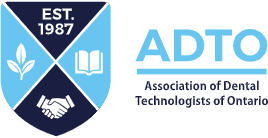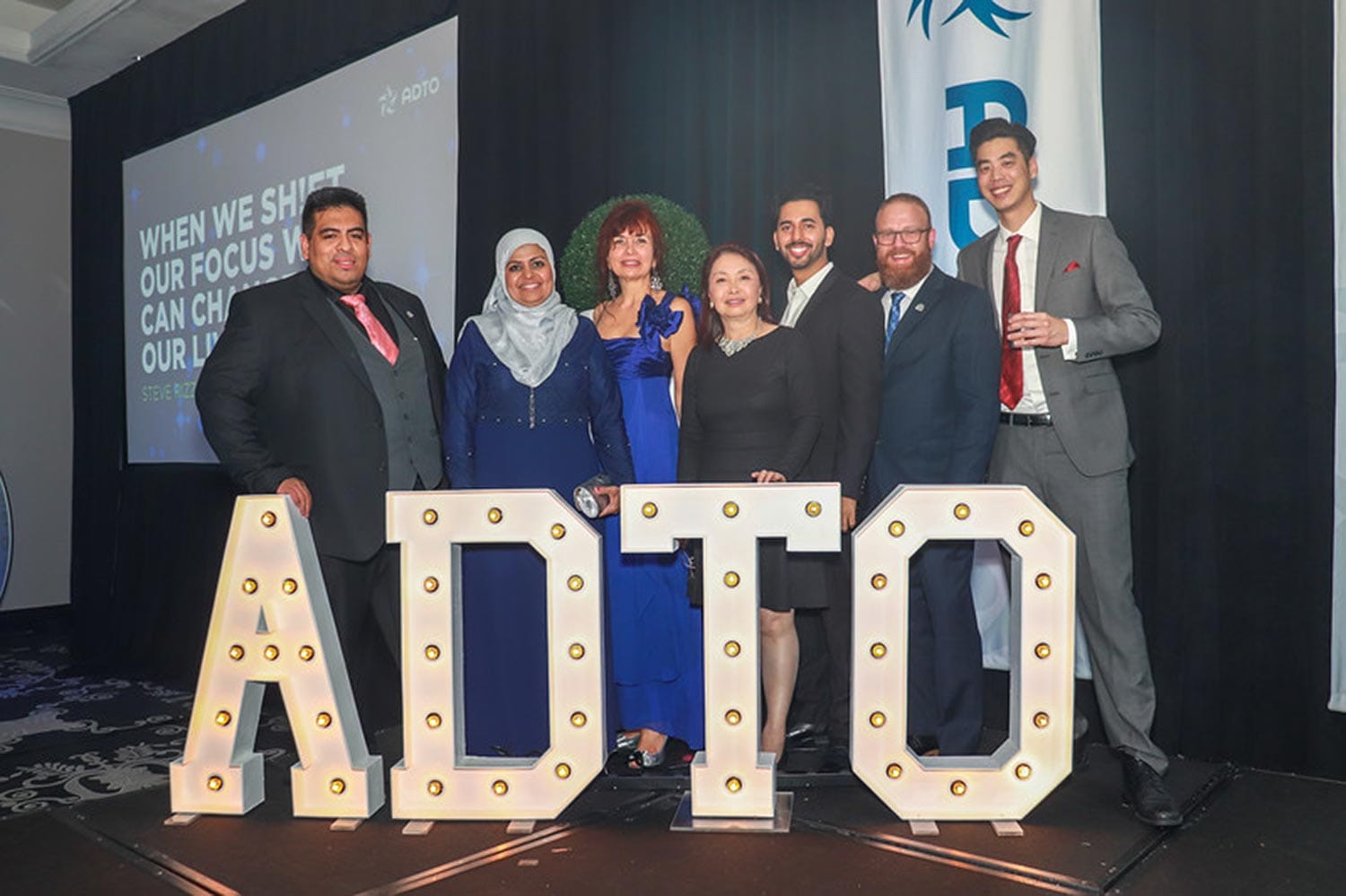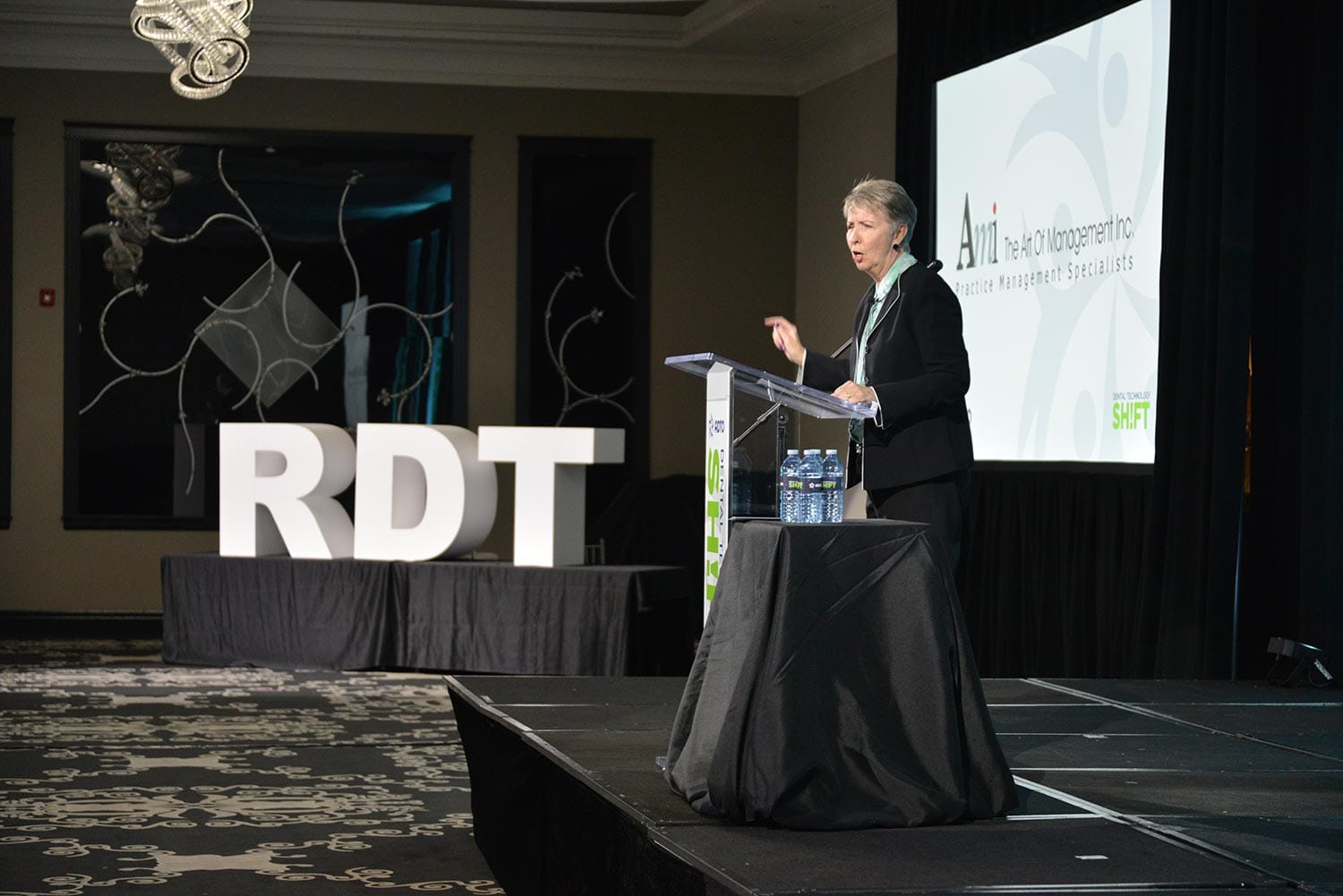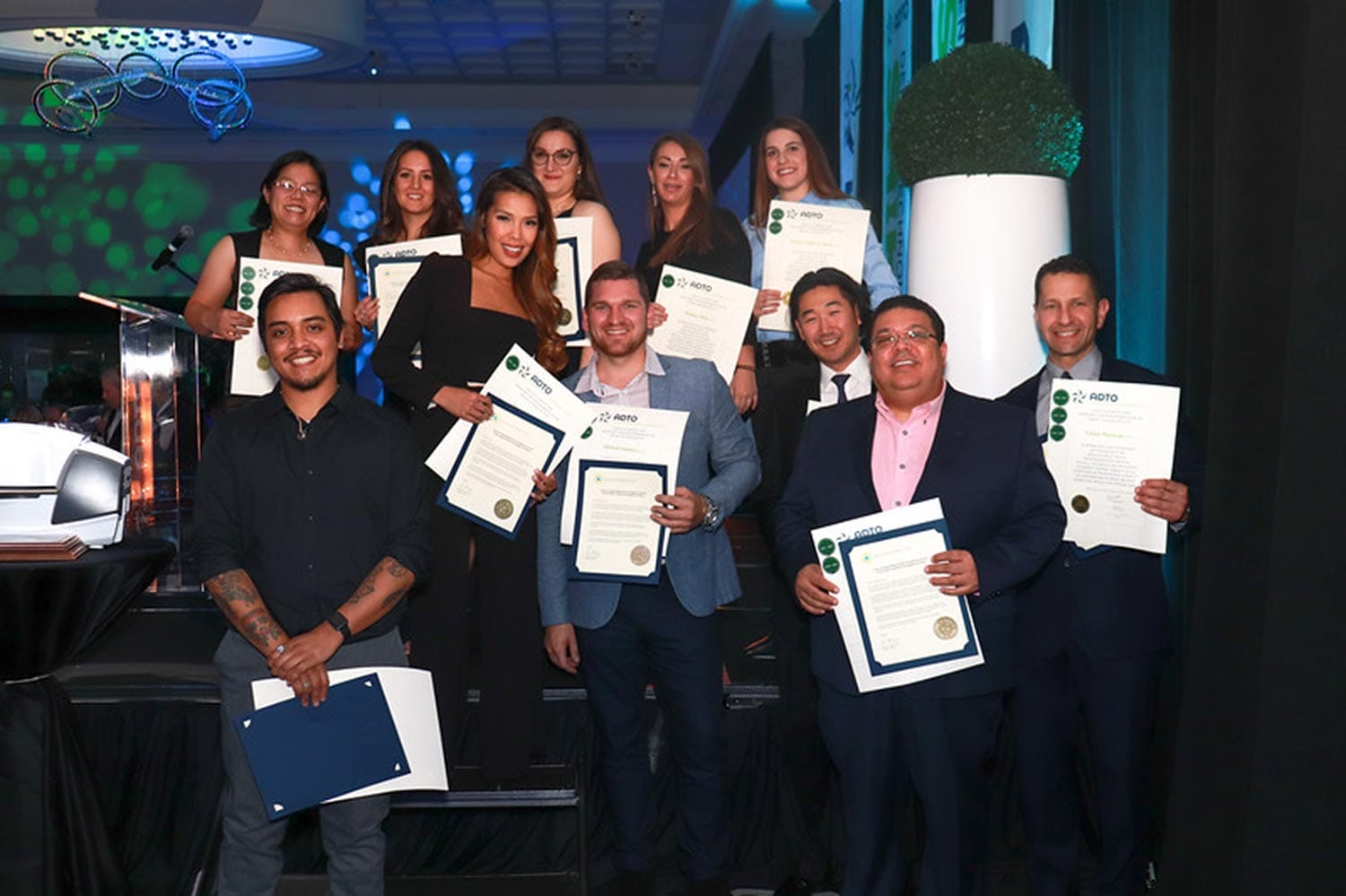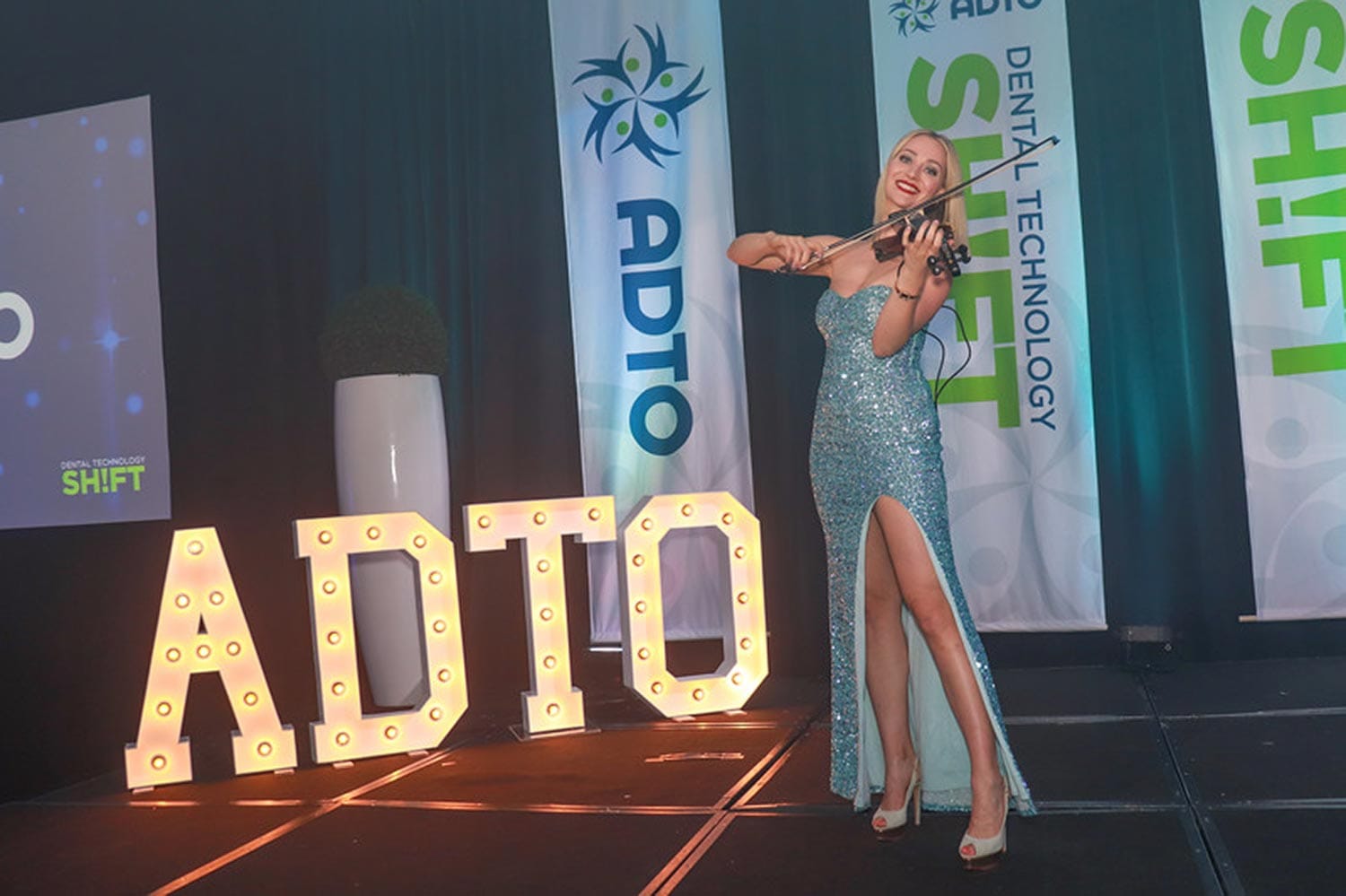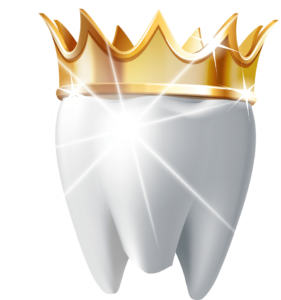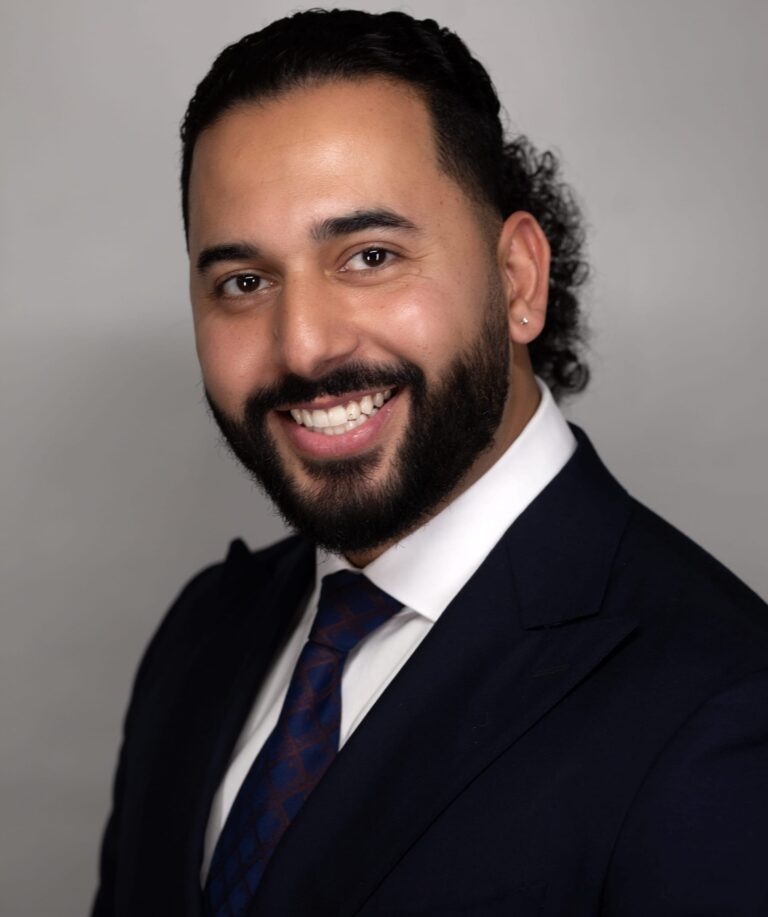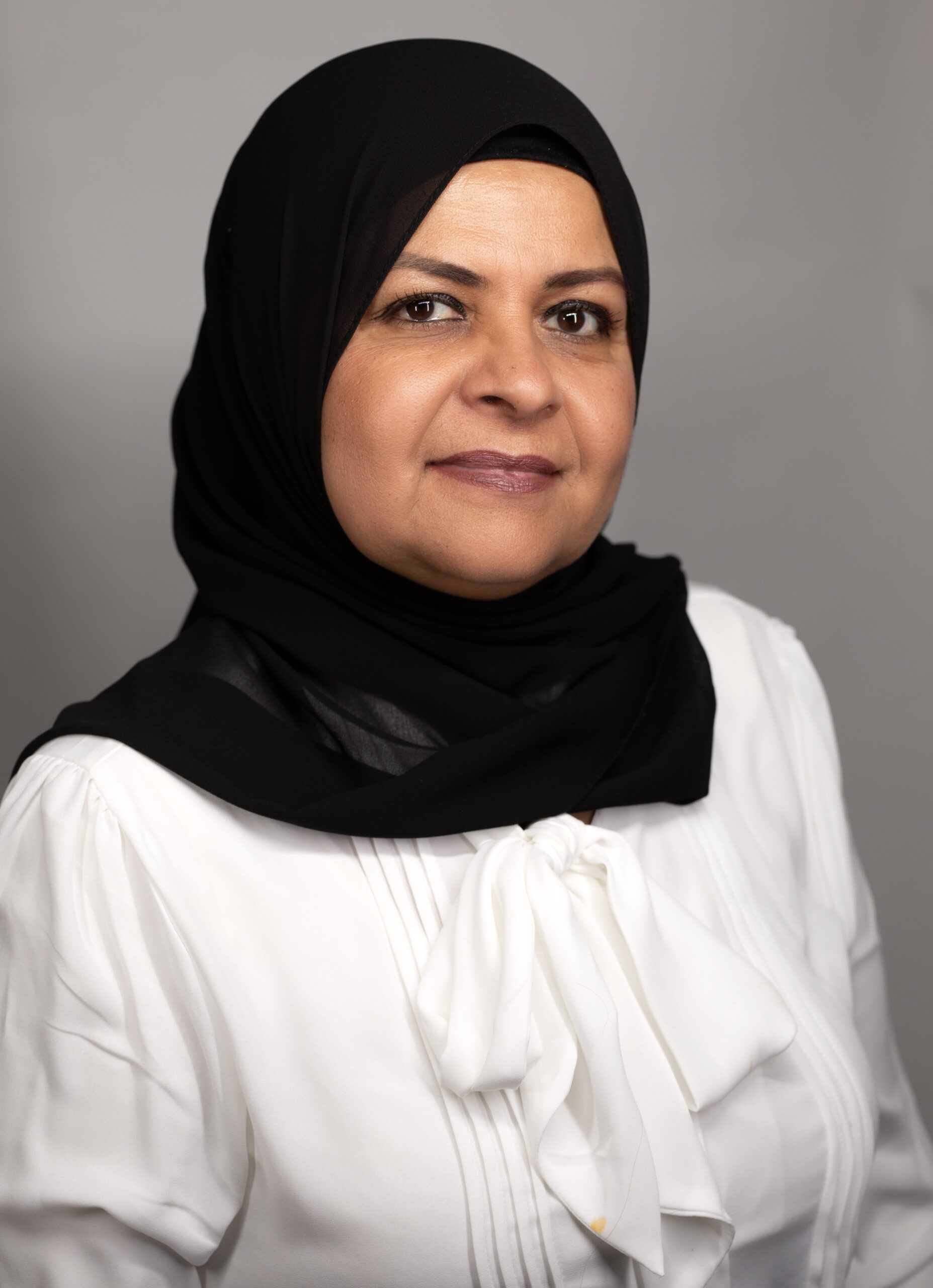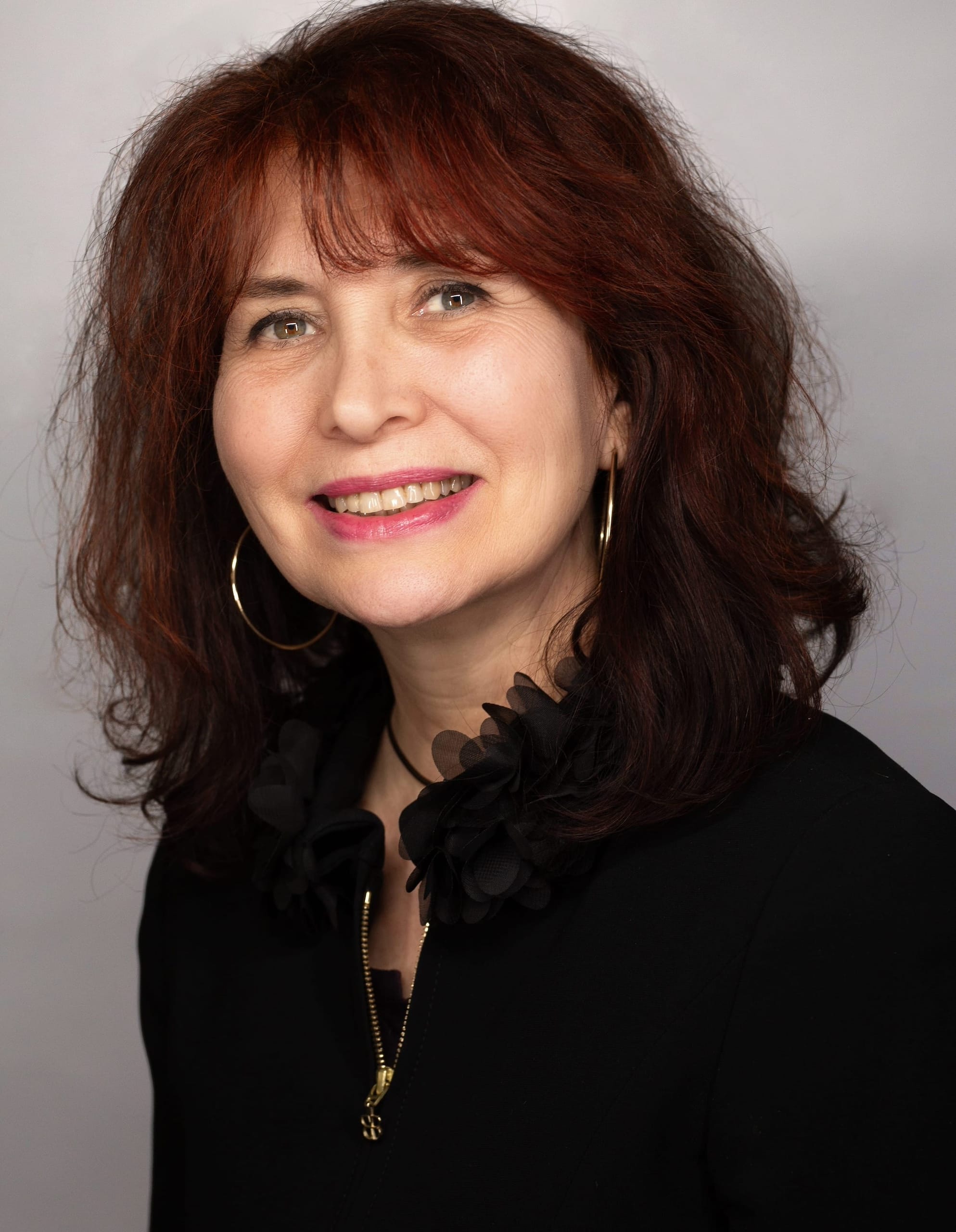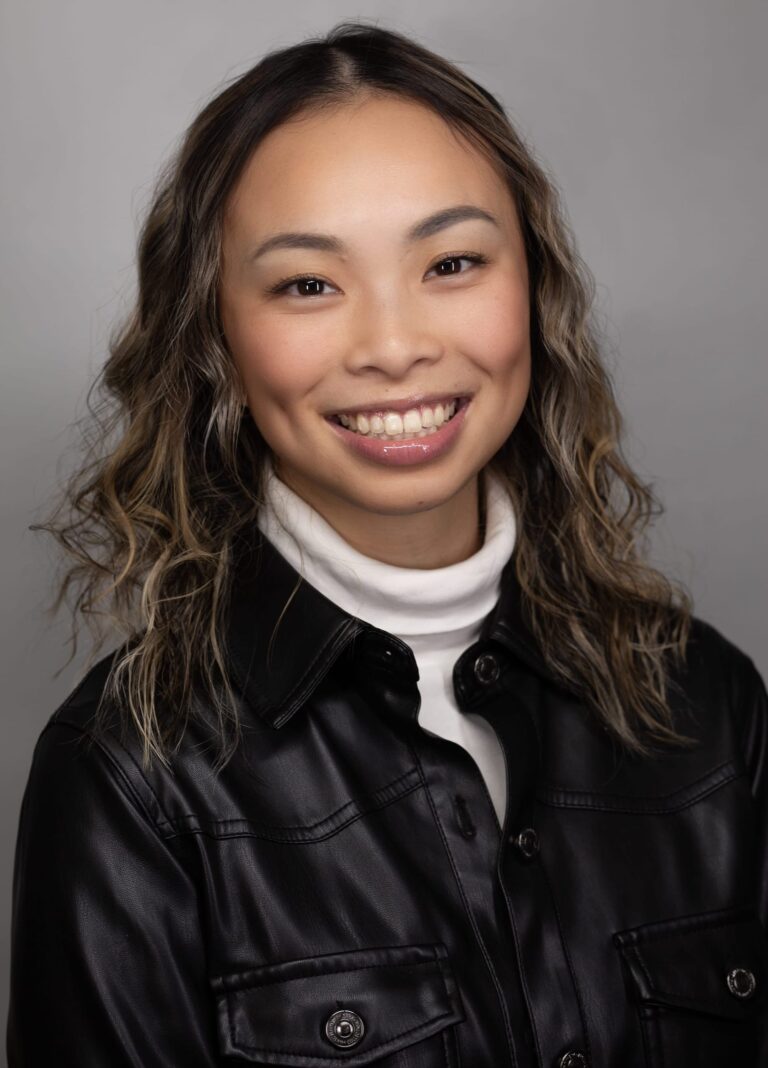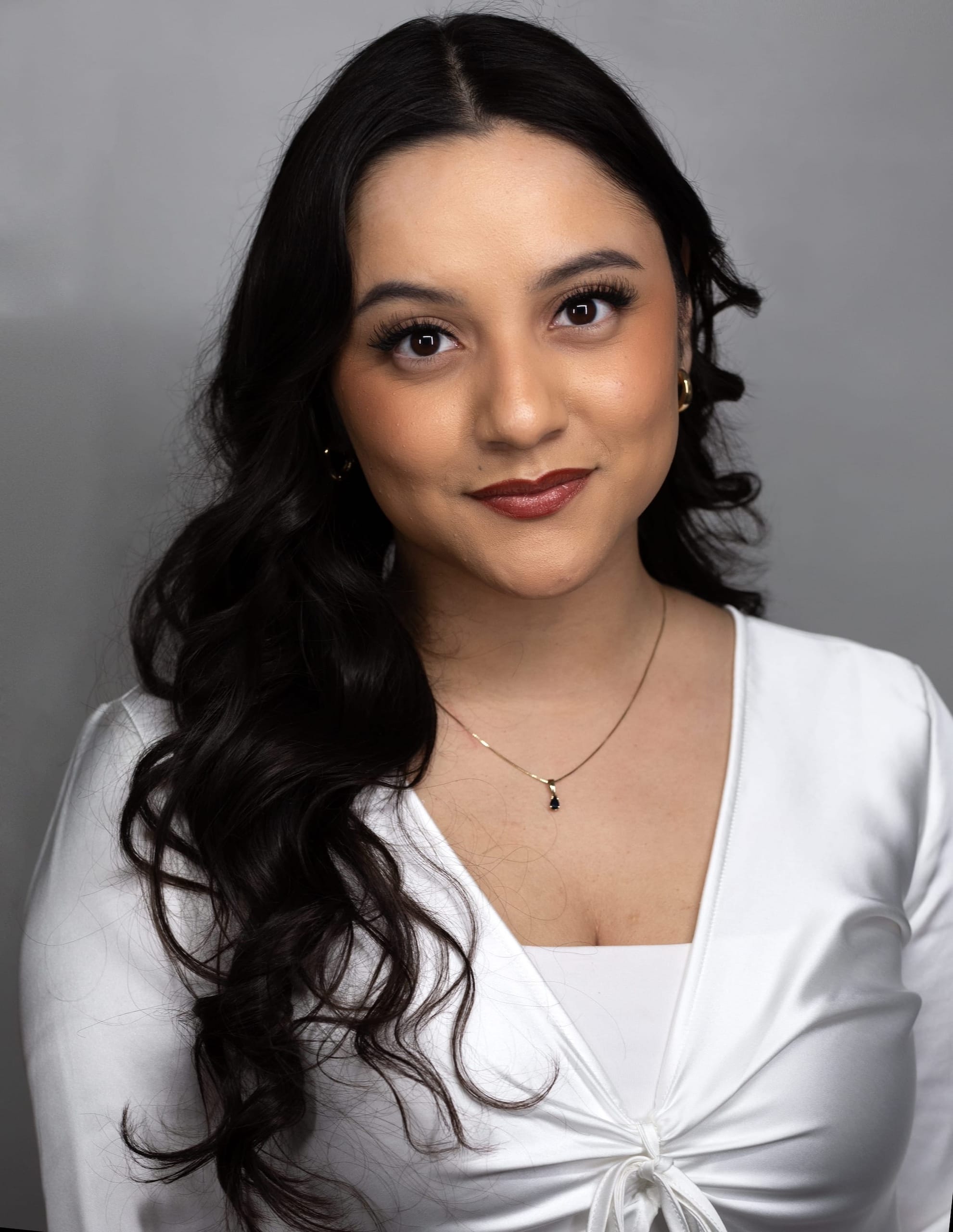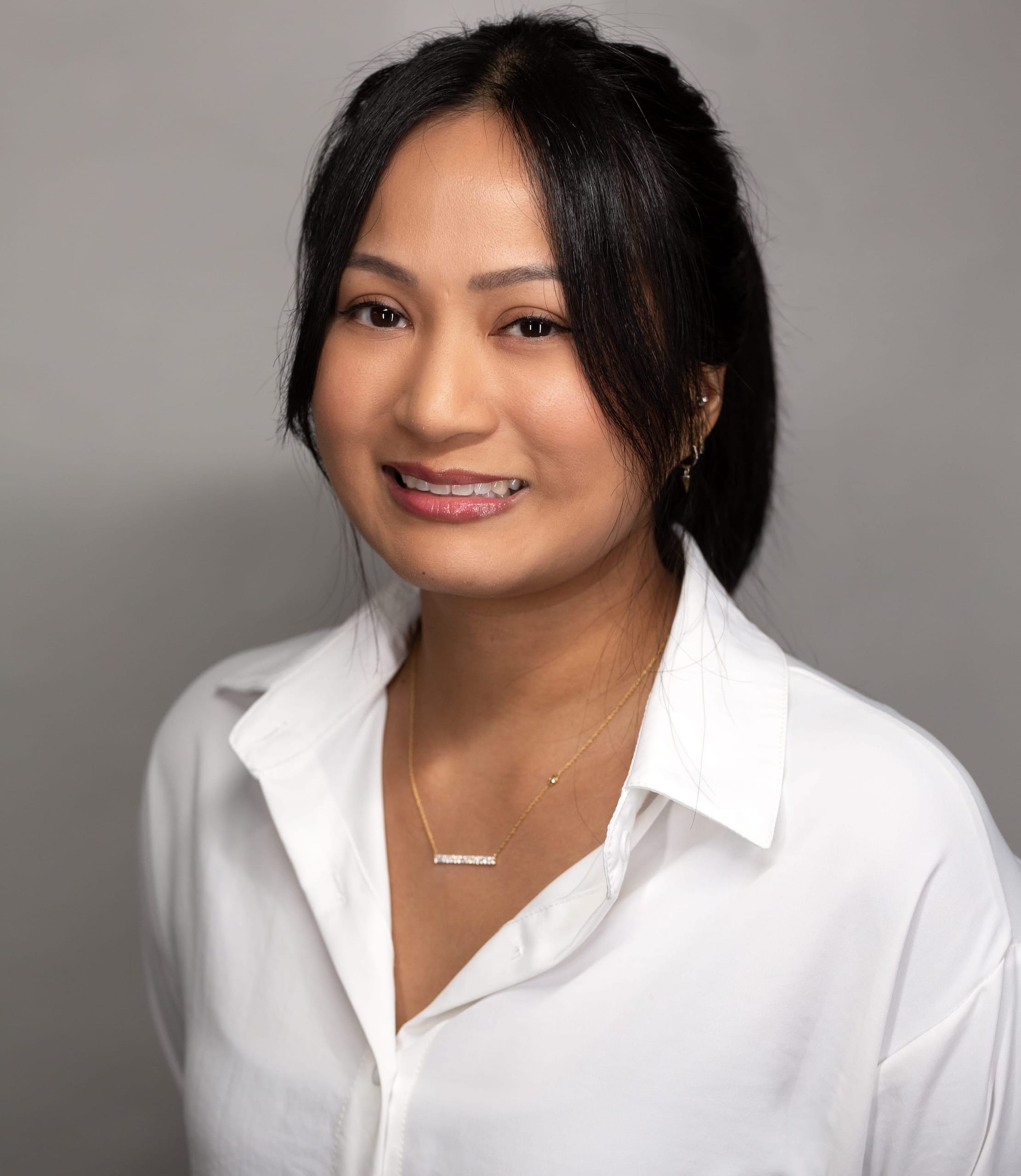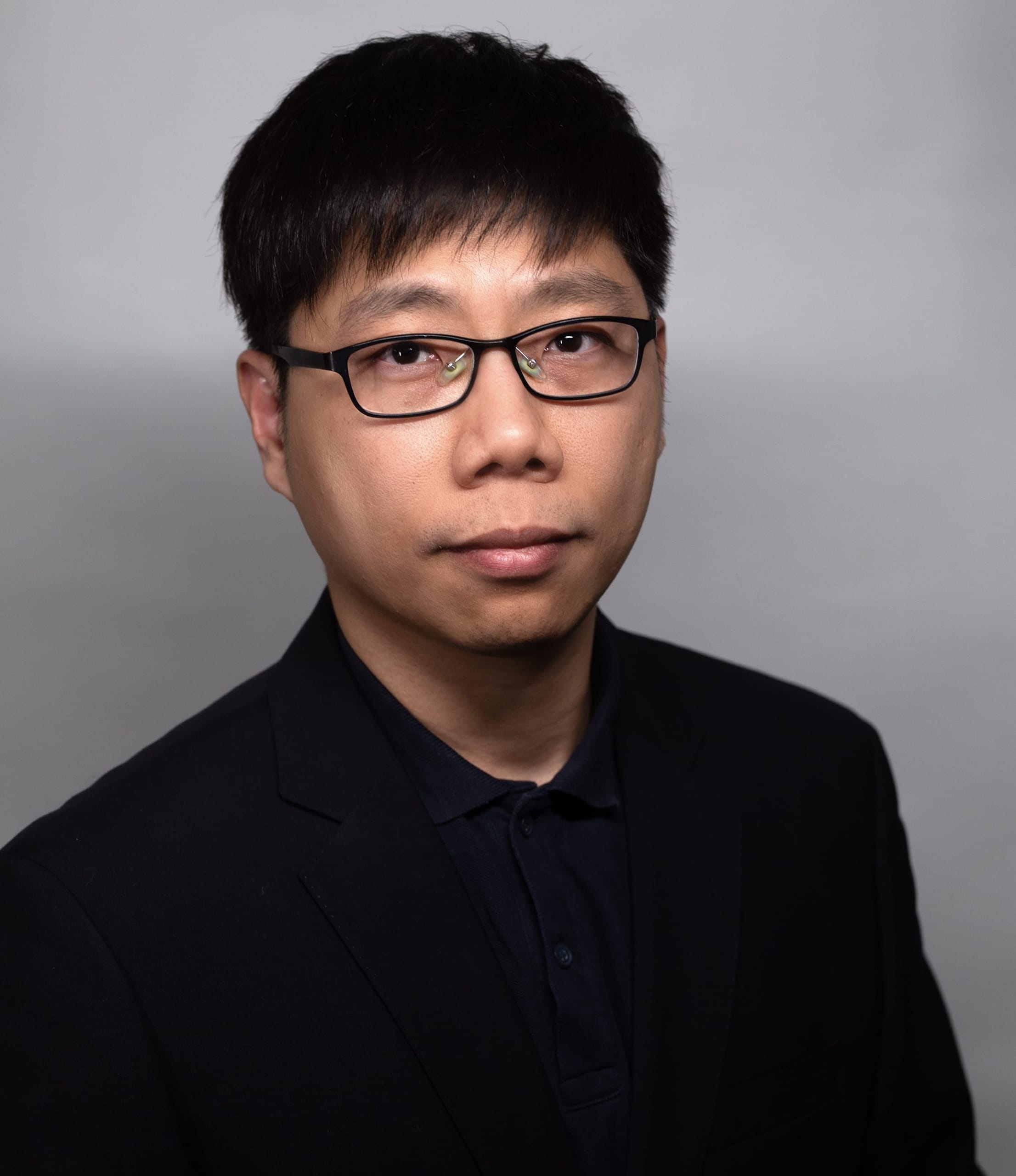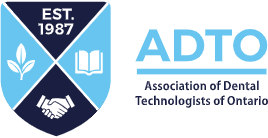RDTs are held to the same level of professionalism as the other 24 health care providers governed under the RHPA.
A RDT can be employed by a laboratory and serve one of two purposes. He/She can have “Laboratory Supervision Status”, or work as a technician without this status.
Laboratory associates without “laboratory supervision status” can be employed in a laboratory and perform all of the technical functions of the profession but cannot supervise the case from prescription to completion. They cannot be called upon to ensure that the work provided meets all the requirements.
RDTs who have obtained “laboratory supervision status” from the CDTO can accept a prescription from a dentist or another regulated health care professional and supervise the technical aspects of the case. Upon completion, the RDT will place his/her stamp on the invoice to ensure that the work case was designed, constructed, repaired, or altered in accordance with the standards of the CDTO. It also ensures that the invoice conforms to the standards of the College in that it accurately reflects the processes, materials and charges. As well, the stamp indicates that the RDT accepts responsibility for certifying that the records reviewed are adequate to design, construct, repair or alter the case. These records include impressions, intra-oral records, models, diagrams, written instructions and verbal instructions, which must be recorded in the chart. If this stamp is missing, the recipient should inquire why it is not present. Every invoice must be stamped, including no-charge invoices.
RDTs can, but do not have to be, laboratory owners. Dental laboratories can operate with a non-RDT owner as long as a RDT is supervising the work. Any person seeking the skills of a RDT should ensure that the facility they are doing business with, has a “Registered Dental Technologist” supervising the work. The best way for a dentist or another regulated health care professional to protect themselves is to meet with the RDT on staff and get to know them. Also, it is vital to look for the supervisory stamp on each case that is returned to your office. More information on Laboratory Supervision Standards is available at the CDTO website.


